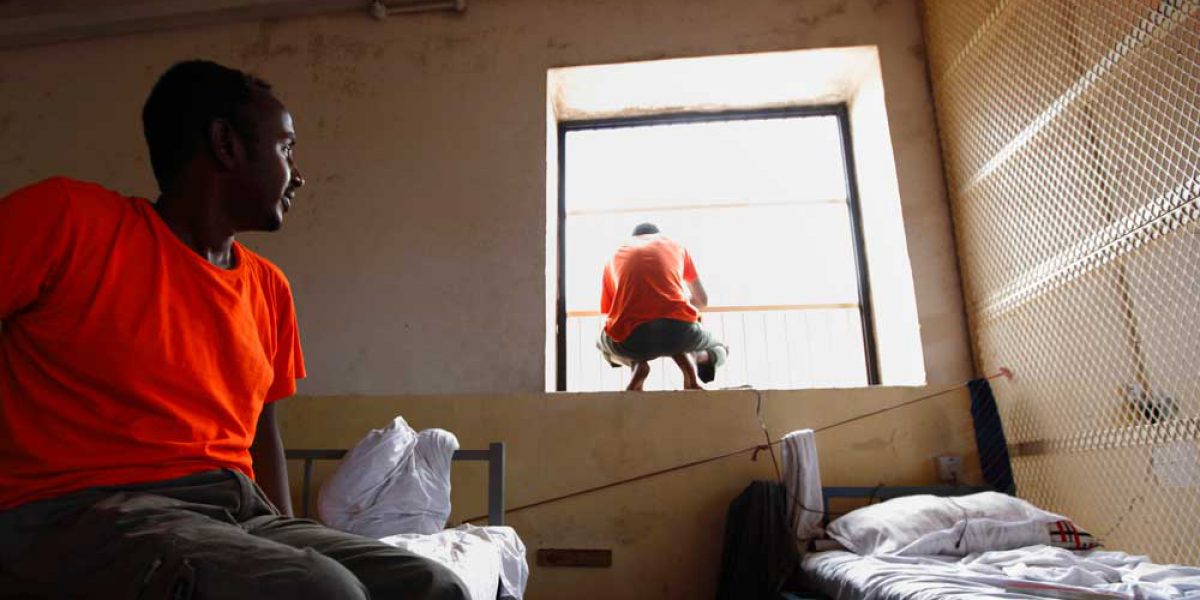Manual for detention visitors
09 July 2015

Brussels, 9 July 2015 – JRS Europe recently published a manual for detention visitors. For the last eight years, detention visitors from across the JRS network in Europe have gathered together annually to exchange information and experiences. At the last meeting of the Detention Visitor’s Support Group (DVSG) it was decided to gather all this knowledge together in the form of a manual for new detention visitors.
The manual follows on from and complements previous JRS research reports on detention such as Becoming Vulnerable in Detention (2010) and Protection Interrupted (2013), and builds on JRS expertise in monitoring detention.
“Being a detention visitor means to work within a multicultural environment, with people in distress. Detainees suffer severe psychological problems and in many cases detention recreates the environment of oppression, fear and uncertainty from which people have fled,” says JRS Europe director Jean-Marie Carrière.
Very often JRS staff have reported that working in detention is very stressful and that they need support to work in such a hostile environment.
Locking up people who have fled for their lives or are at risk of persecution is a common practice in European countries. Detainees spend long periods behind barbed wire or iron bars, sometimes they are even detained in security prisons. The detention of asylum-seekers and migrants represents a growing human rights challenge. JRS teams regularly visit detention centres in 11 European countries: Belgium, Croatia, Germany, Ireland, Italy, Kosovo, Macedonia, Malta, Portugal, Romania, Slovenia, Spain, and the United Kingdom.
In all these countries JRS Europe pursues its mission on behalf of asylum seekers and forced migrants by organizing groups of visitors to offer them legal, social and pastoral assistance. Detention visitors also facilitate access to legal services and health professionals, and often mediate between detainees and authorities.
The manual is split into three chapters. The first chapter deals with intercultural differences and intercultural communication; the second chapter covers psycho-social support to detainees; and the third chapter presents the international detention legal framework and advocacy issues. The manual also contains case studies.
Finally, the manual proposes individual exercises and group exercises that will help the readers to consolidate knowledge and skills acquired.
Being a detention visitor means to work within a multicultural environment, with people in distress.
